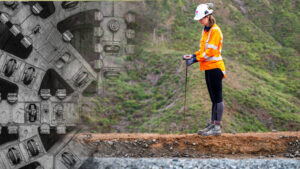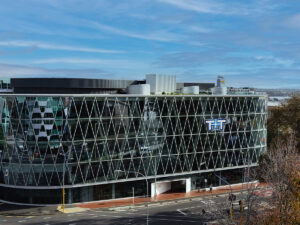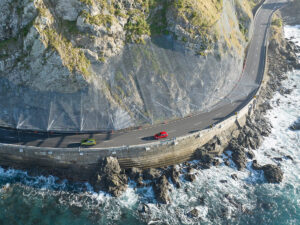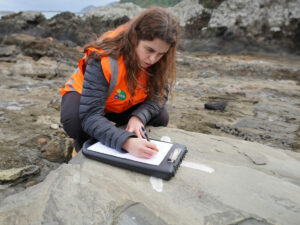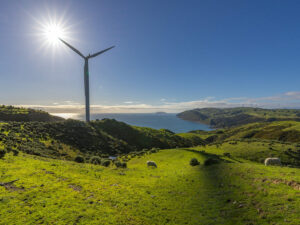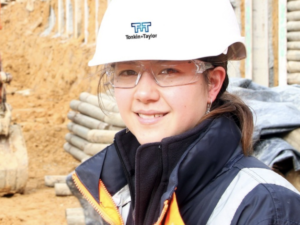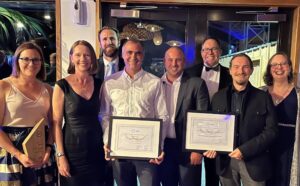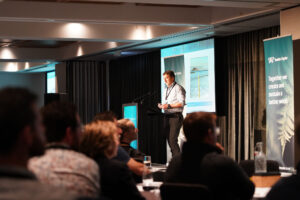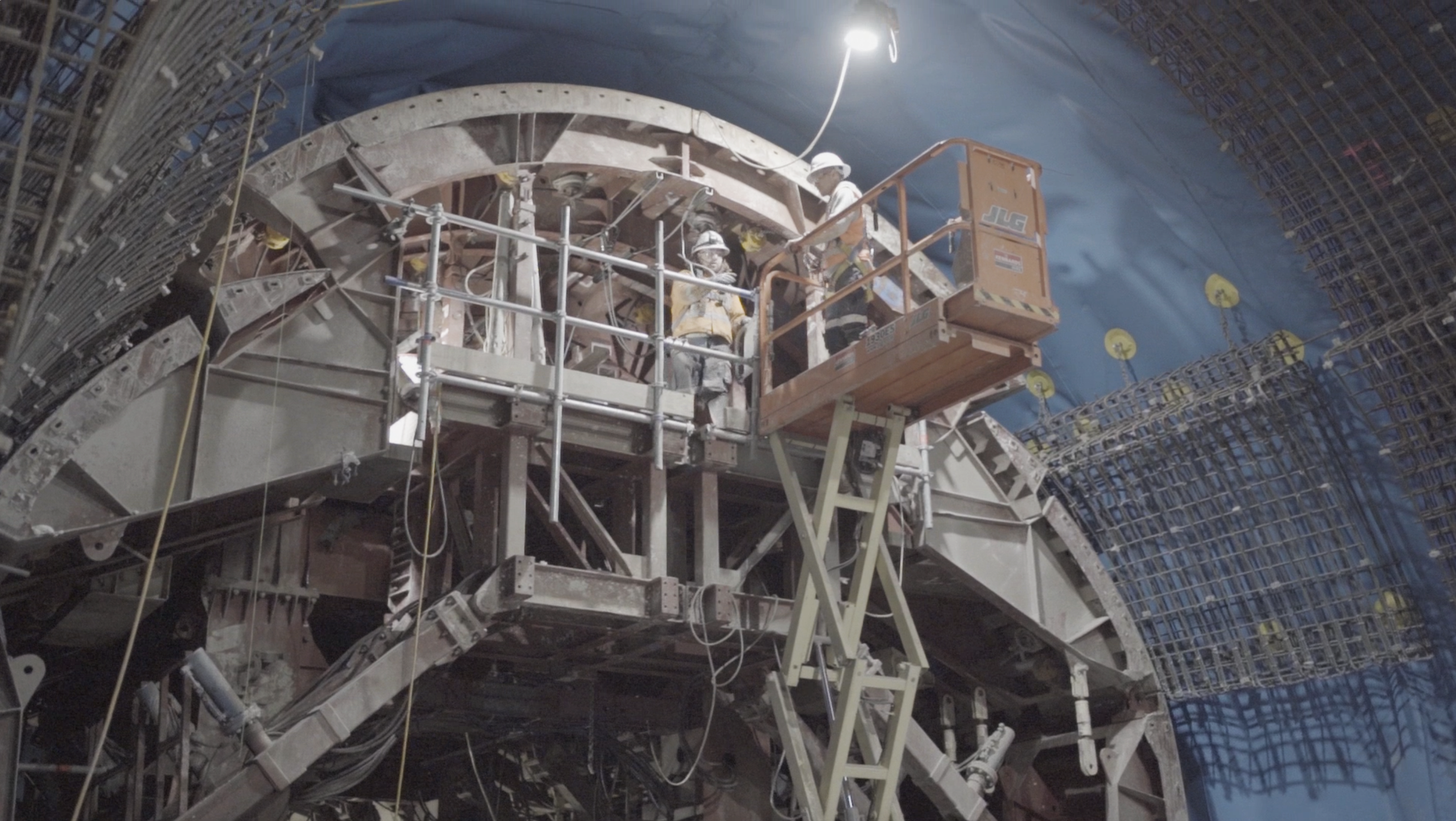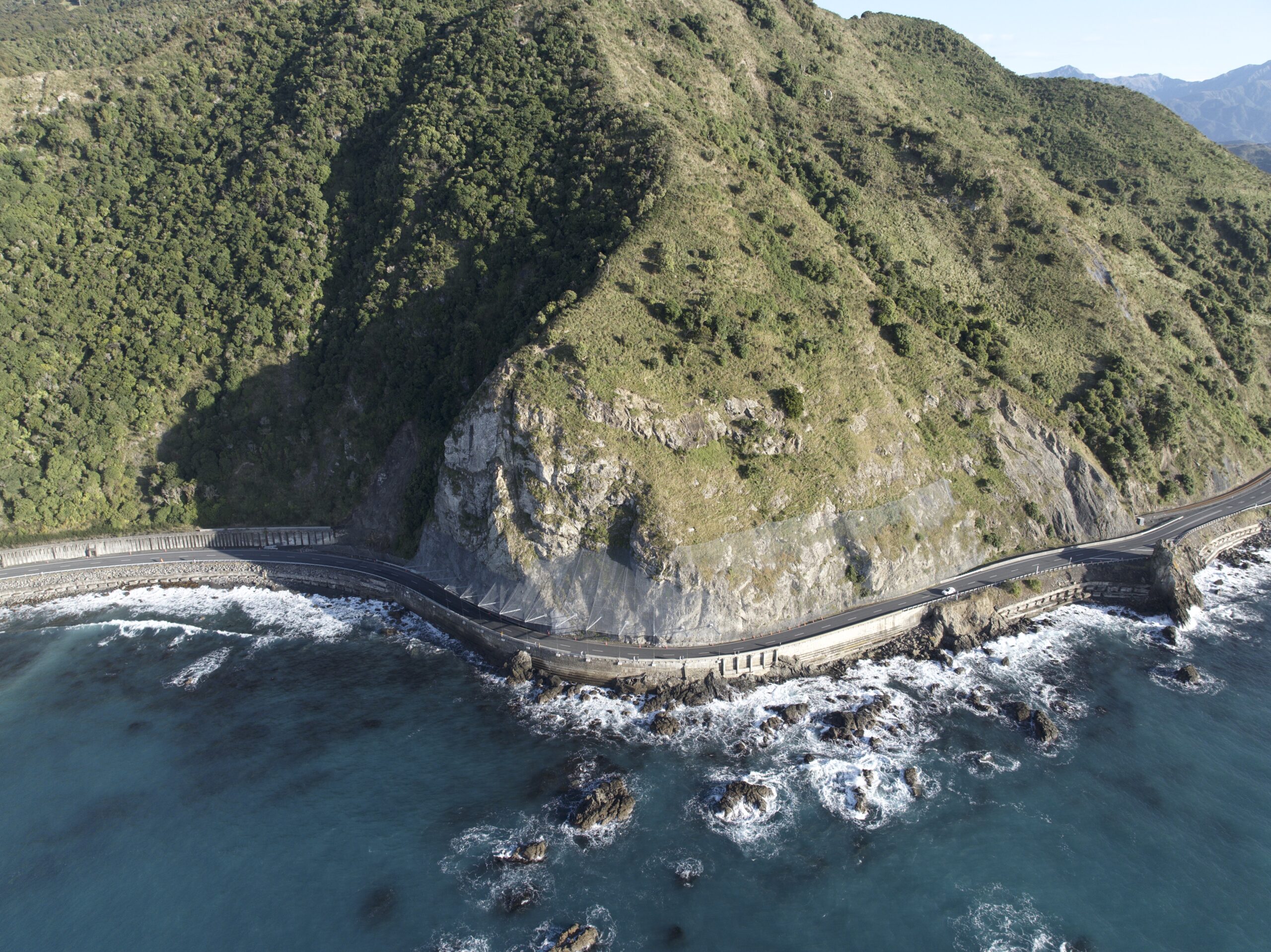The Pūhoi to Warkworth project (P2W) extends Auckland’s Northern Motorway (SH1) 18.5km from the Johnstone’s Hill Tunnels to the north side of Warkworth.
It is the first stage of the Ara Tūhono – Pūhoi to Wellsford Road of National Significance. It will help drive regional economic growth and development to support access and connectivity for local communities.
Under a Public Private Partnership (PPP) contract, the Northern Express Group (NX2) will finance, design, construct, manage and maintain the motorway for 25 years following the expected five-year construction period.
The motorway is being built on a greenfield site while leaving the existing State Highway operational. The northern 5km is being constructed over soft alluvial and peat deposits with a high groundwater table, including artesian groundwater conditions in some areas.
The project involves a tie into the existing State Highway at either end, significant viaduct crossings over streams and rivers, a local road over/underpasses, and several access underpasses.
The project also has significant earthworks, with approximately 6 million cubic metres of cut-to-fill earthworks.
A range of factors influenced design approach for the P2Wk motorway, including:
- Flexible consent conditions
- The NZ Transport Agency’s desired Key Outcomes for the project
- The PPP contract model – e.g. the optimisation of capital spend versus operations and maintenance costs over a 30-year contract, through close interaction between the design and construction, and operations and maintenance teams
- Safety in Design



